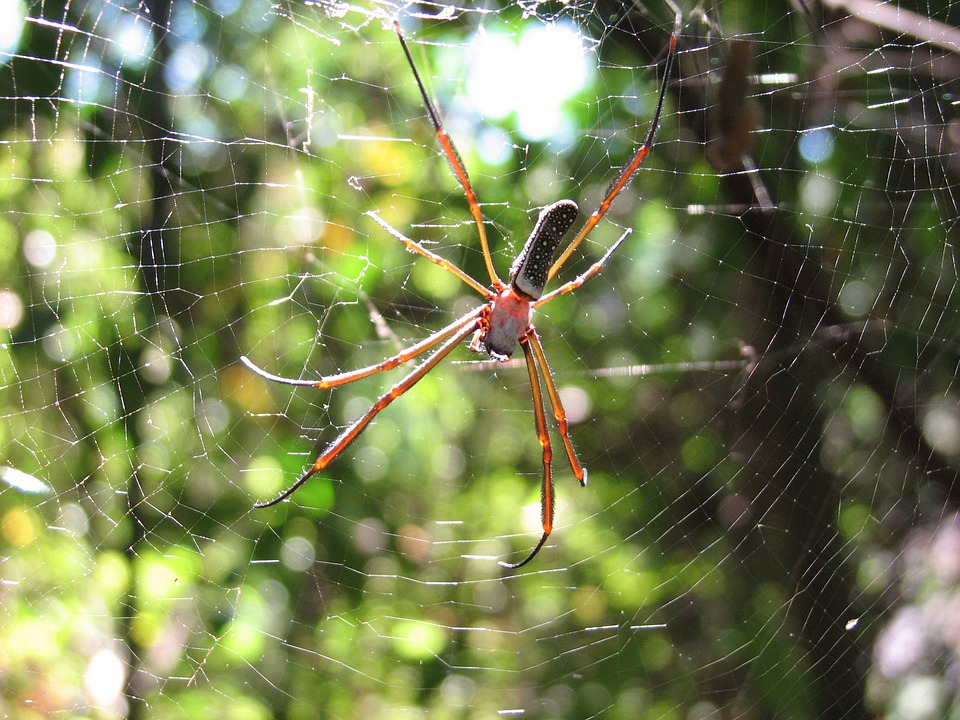Introduction
Among the vast array of slithering creatures in the wild, the venomous cottonmouth snake stands out with its characteristic semi-aquatic habits and formidable reputation. This article will delve into the fascinating world of cottonmouth snakes, examining their unique features, behavior, and the potential dangers their venomous bite can pose to humans.
Quick Facts & Identification
Commonly known as the cottonmouth, the Agkistrodon piscivorus is a venomous snake native to southern and eastern parts of the United States. It belongs to the pit viper family and is closely related to copperheads and rattlesnakes. They are sometimes referred to as water moccasins due to their preference for wet and marshy ecosystems.
Cottonmouths are easily identified by their distinct coloration and pattern, which typically consists of dark bands across their brown or greenish-brown bodies. Their name comes from the white lining of their mouths, which they display when threatened.
Habitat & Behavior
Cottonmouths inhabit a variety of wetland environments, such as swamps, marshes, riverbanks, and lakes. They are strong swimmers and are even known to inhabit small islands along the Atlantic and Gulf Coasts. Their semi-aquatic nature has led to their adaptation to both aquatic and terrestrial prey, making their diet extremely diverse. Cottonmouths are known for eating fish, amphibians, birds, small mammals, and sometimes even other snakes.
Despite their intimidating appearance and venomous bite, cottonmouths are relatively shy creatures that often avoid human contact if possible. However, if they feel threatened or cornered, they can become aggressive in defending themselves. In such cases, they will typically coil their body, open their mouth to expose the white lining, and hiss loudly.
Venom & Bite Symptoms
Cottonmouth venom is a potent hemotoxic substance that can cause severe tissue damage and blood clotting issues. A bite from a cottonmouth can lead to symptoms such as:
- Intense pain and swelling around the bite site
- Nausea and vomiting
- Difficulty breathing
- Irregular heartbeat
- Potential loss of a limb, depending on the severity of the bite and the victim’s medical history
It is important to note that while cottonmouth bites are rarely fatal, they should be treated as medical emergencies. Proper medical care is crucial in controlling the symptoms and preventing complications from arising.
Conclusion and Frequently Asked Questions
While cottonmouths are indeed venomous snakes with potentially dangerous bites, they generally prefer to avoid human contact and pose a minimal threat to those who give them space and do not provoke them. With a deeper understanding and appreciation of these fascinating creatures, we can coexist with them and respect their place in the natural world.
FAQs
Is the cottonmouth snake aggressive?
Although cottonmouths have a reputation for being aggressive, they are usually shy and avoid human interaction. They will only become aggressive if they feel threatened or cornered.
What should I do if I encounter a cottonmouth in the wild?
If you come across a cottonmouth, simply give it plenty of space and avoid any sudden movements that may startle it. Do not try to approach, capture, or provoke the snake in any way.
What if I get bitten by a cottonmouth?
If you or someone you know is bitten by a cottonmouth, seek immediate medical attention. Do not attempt to treat the bite yourself, as this may only exacerbate the symptoms and lead to complications.

No responses yet